Every so often, my children and I experience symptoms like a runny nose, sore throat, and other flu-related issues. Elderberry syrup is always in our home, but my kids are also big fans of these cough drop lollipops. They resemble cough drops but are presented as suckers.
Create Your Own Cold & Cough Throat Lozenges
I probably don’t need to explain why most over-the-counter cough syrups and cold medicines aren’t favored by me! It could be because of the artificial red dye #40, the inclusion of acetaminophen and ibuprofen, or the synthetic flavors. Over time, I’ve crafted many natural cold and flu remedies, but organic throat drops remain a favorite for my kids.
Years ago, I made homemade cough drops for the kids, and they loved them. These drops utilize a variety of herbs effective for soothing sore throats. However, throat drops and cough drops might not be suitable for all children, particularly younger ones who haven’t yet learned not to swallow things whole.
Attaching the cough drop to a stick makes it more enjoyable and better suited for younger children. However, always supervise young kids with their lollipops to avoid choking risks. Generally, cough drop lollipops are recommended for children aged 2 and older. For those younger, natural children’s cough syrup could be a better option.
I really appreciate this propolis cough syrup for kids from Beekeeper’s Naturals!
Interested in Purchasing Instead?
If crafting honey lollipops isn’t your preference, there are also quality options available for purchase.
-
Beekeeper’s Naturals offers honey and propolis lollipops that soothe the throat for children. They are available in a variety pack with flavors such as strawberry, mixed berry with elderberry, and green apple.
- Lolleez is another excellent brand known for using organic and non-GMO ingredients like organic elderberry and organic honey. Their lollipops feature throat-soothing pectin and are available in different flavors, including watermelon and orange mango. Get them here.
Honey Lemon Cough Drop Lollipops
If you are keen on making your own soothing lollipops, continue reading!
Getting this recipe just right took some time, and there are a few tricks to ensure success. When making candy, honey is more sensitive to work with than sugar. It might be tempting to increase the heat to speed things up, but that can quickly lead to burnt honey, which smells awful.
It took me about 40 to 45 minutes of closely watching the honey mixture on the stove before it was hard enough to pour into molds. Use low to medium-low heat to warm the honey slowly. Though mine never reached 300 degrees on the candy thermometer without burning, about 280 degrees still worked for me. These will be a bit stickier compared to brands like Halls or Ricola.
An easy way to check if the mixture is the right consistency is to drop a few drops into a bowl of ice water. If it hardens and doesn’t bend, then it’s ready. I also took the pan off the stove and stirred it each time it began to foam up (approximately every 30 to 60 seconds once it really started to heat). Allowing the mixture to foam too high on heat increases the chances of it burning.
Ingredients that Soothe the Throat
Honey and lemon juice are excellent for soothing sore throats on their own, but I’ve enhanced these cough drop lollipops with additional beneficial herbs.
-
Echinacea – This popular cold and flu remedy is both antibacterial and antiviral. It helps soothe sore throats and alleviate coughs. This herb is most effective when taken at the first signs of illness.
-
Mullein – Known for its respiratory support benefits, mullein acts as an expectorant, diminishes inflammation, and calms coughing spasms. It is recommended for dry, unproductive coughs and various respiratory issues, such as asthma and bronchitis.
-
Elderberry – This flu-fighting powerhouse brings a berry flavor to the lollipops. Additionally, it assists with coughs, congestion, and overall immune support.
- Hibiscus – Rich in vitamin C, hibiscus adds a fruity flavor. Traditionally, it is used for sore throats, colds, and coughs. It also aids in moving mucus and fortifies the immune system while cooling and soothing irritated mucous membranes.
These tasty lollipops are naturally free from gluten and refined sugars, making them a favorite among kids!
These DIY sore throat soothing pops are ideal for the cold and flu season. They are kid-friendly, featuring real honey alongside soothing herbs.
- Bring the water to a boil.
- Turn off the heat, add the herbs, and let them steep for 15 minutes with the lid on.
- Strain out the herbs and save the herb-infused water.
- Add the herb-infused water and lemon juice to a clean saucepan. Heat over medium heat until the liquid is reduced to 1/4 cup.
- Mix in the honey.
- Heat over low heat until it reaches 280-300°F. Without a candy thermometer, this typically takes about 40 minutes. Test by dropping a bit into ice water to see if it immediately solidifies.
- The honey mixture will begin to foam as it cooks. Remove it from the heat and stir until the foam subsides, then return to heat. This will likely need to be done every minute once it begins to simmer.
- Once it reaches the right temperature, remove it from the heat quickly to avoid burning.
- Stir in essential oil if you are using it.
- Quickly pour the mixture into candy molds and allow them to harden at room temperature for several hours.
- Coat the lollipops with arrowroot powder to prevent sticking or individually wrap them in parchment paper.
Storing The Lollipops
Due to the stickiness from the honey, these need to be individually wrapped in parchment paper. My first batch all stuck together in the container and broke when I attempted to separate them. An alternative option is to coat the lollipops with arrowroot powder.
They should remain good for a few weeks if kept at room temperature, though they generally don’t last a week in my home because the kids love them. Ensure they are stored in a cool, dry place.
Have you tried making your own cough drops or lollipops before? Any advice? Leave a comment and share your experience!




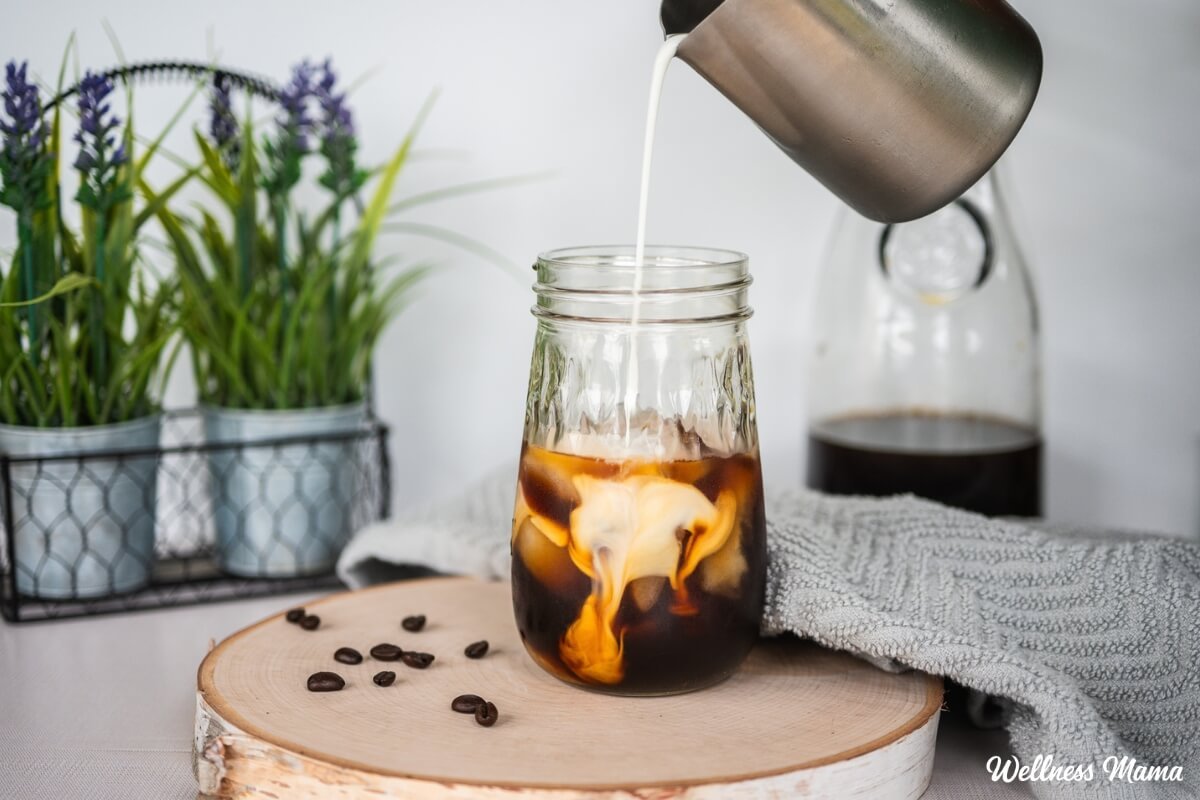
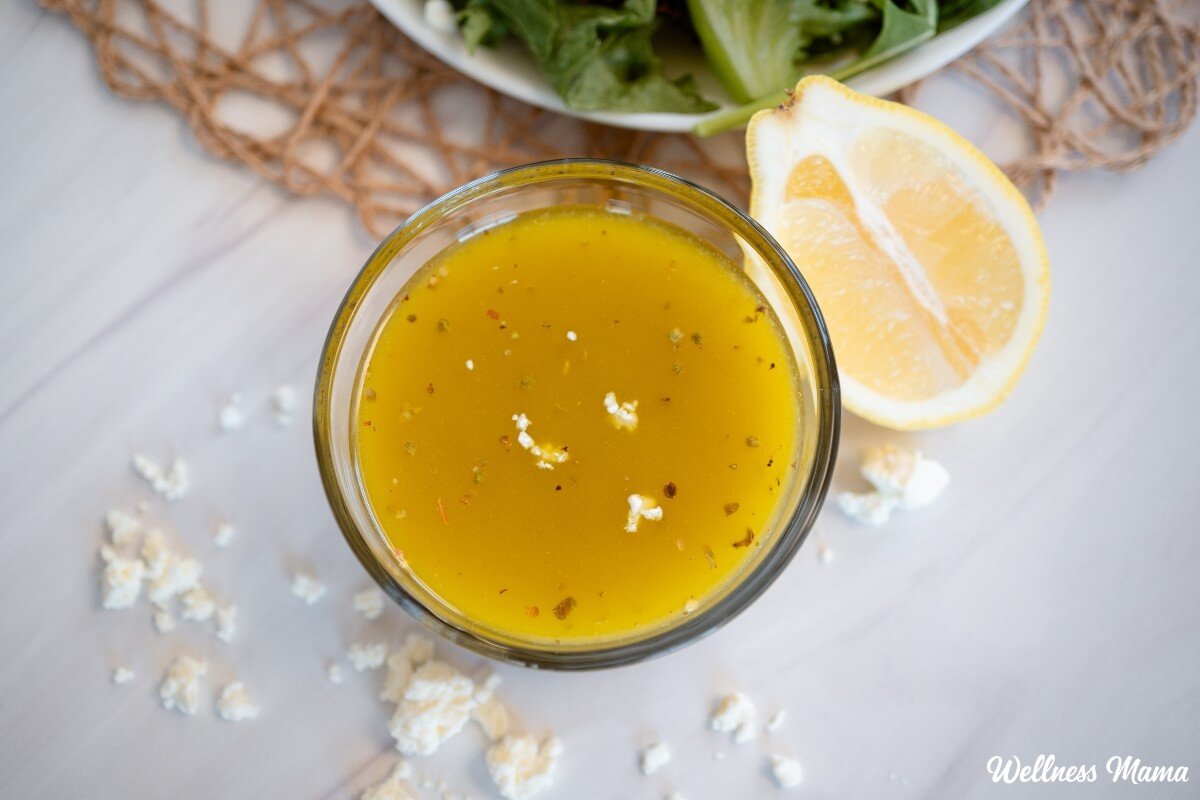
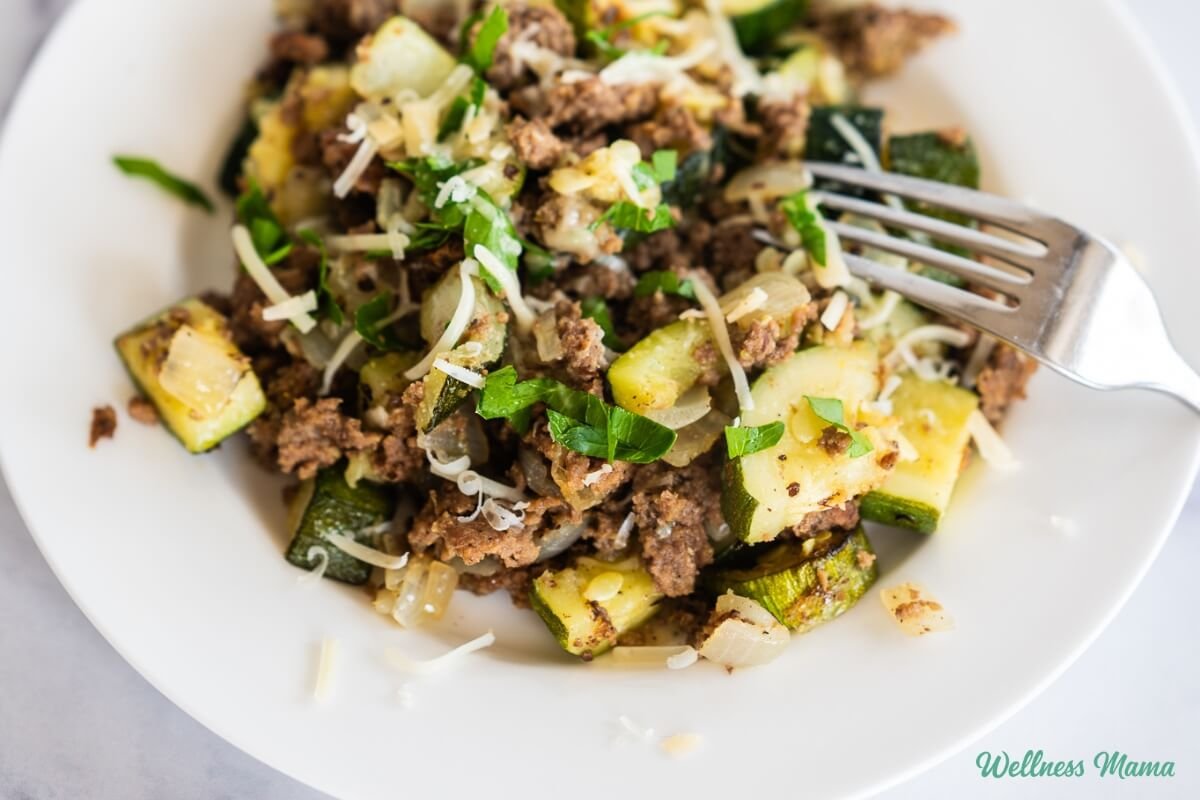

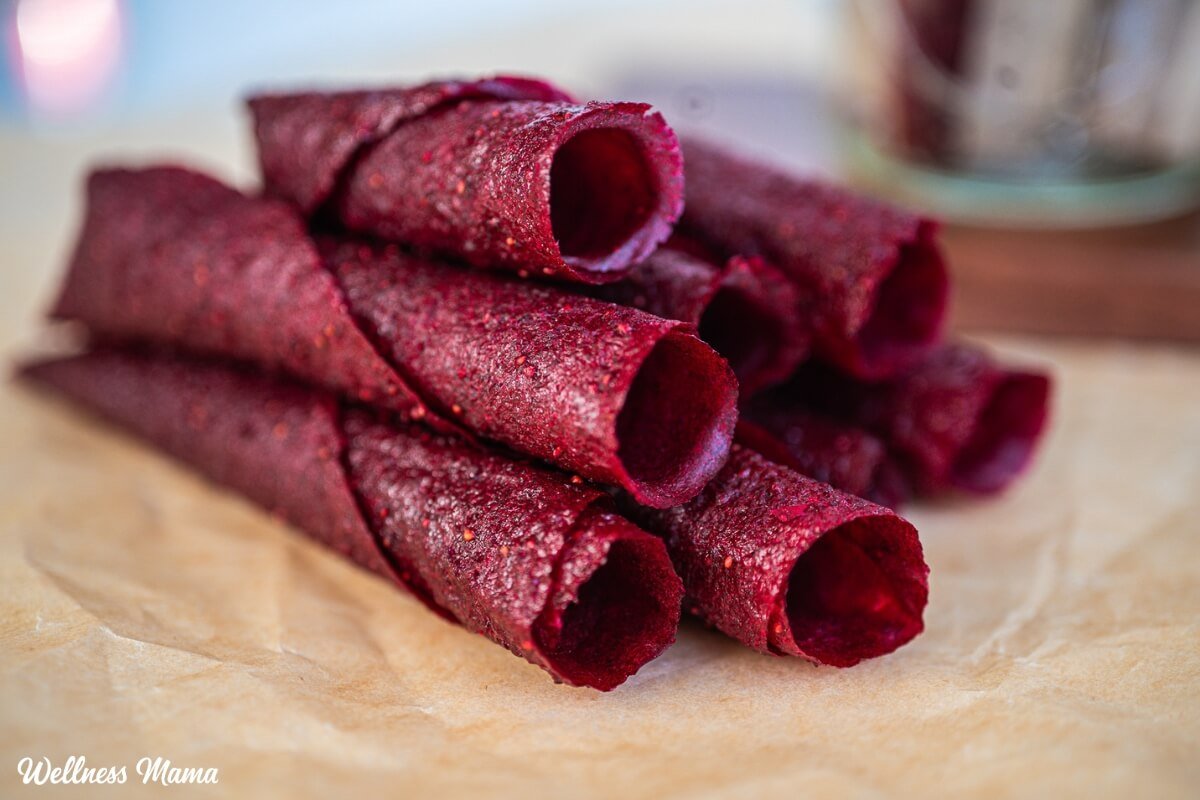


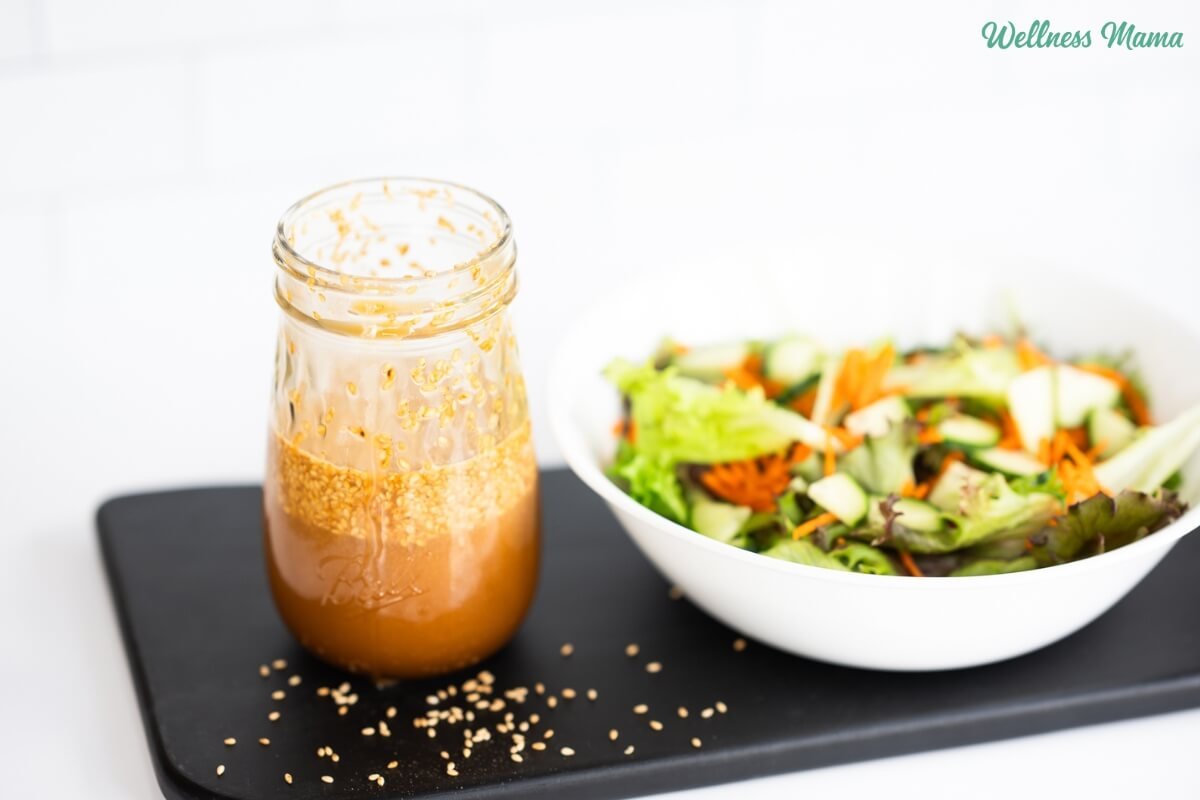
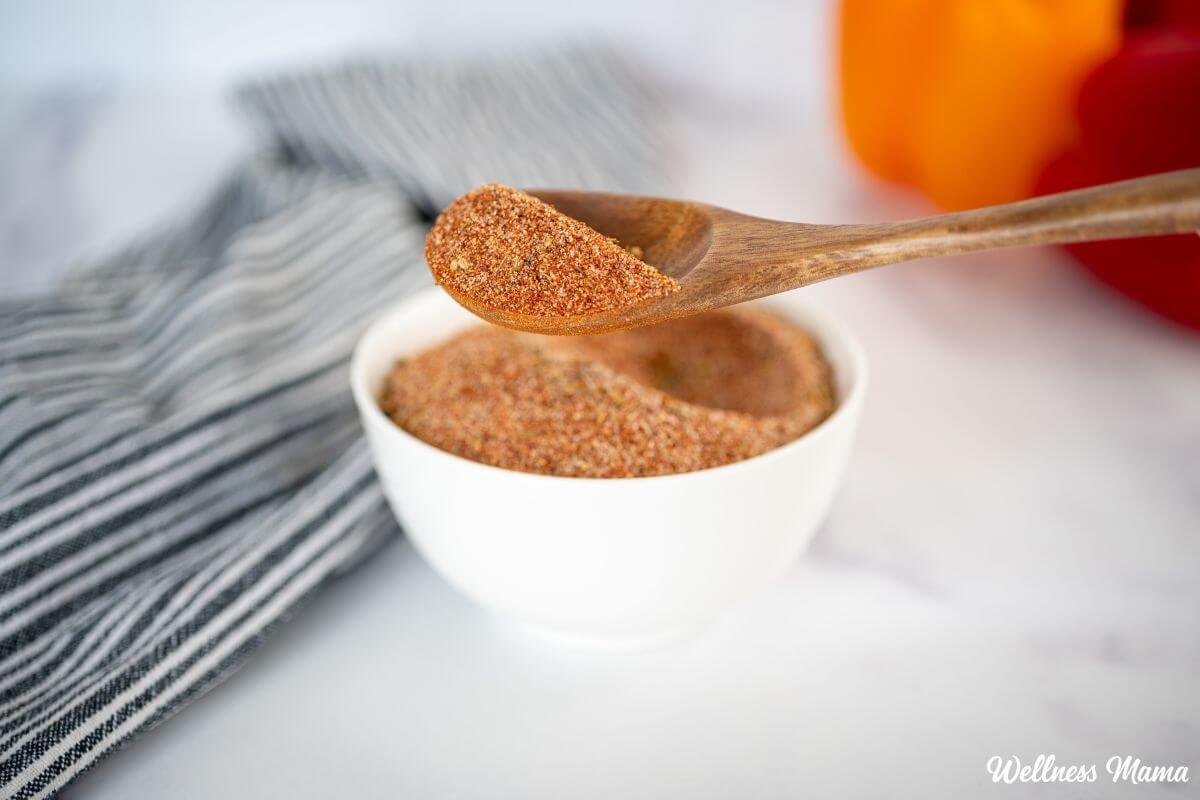
Leave a Reply